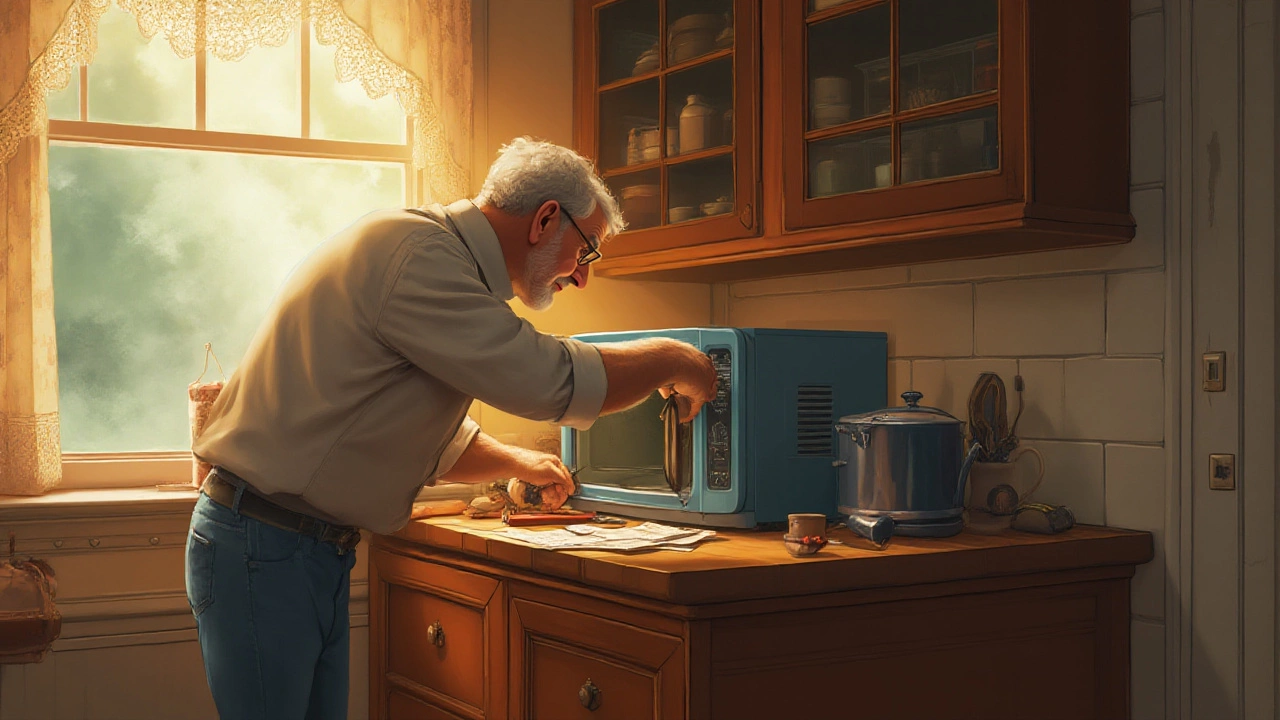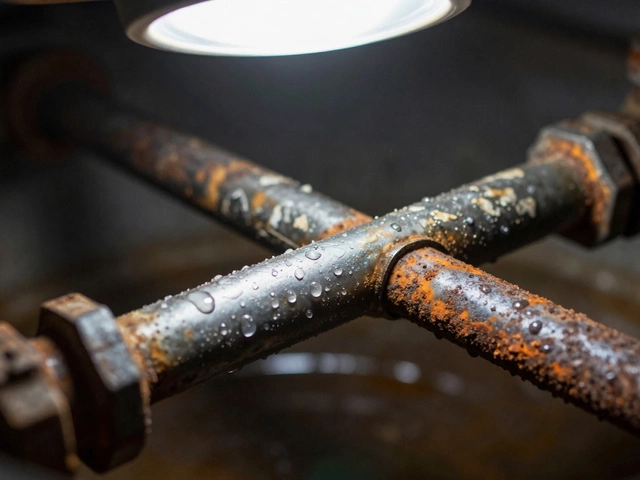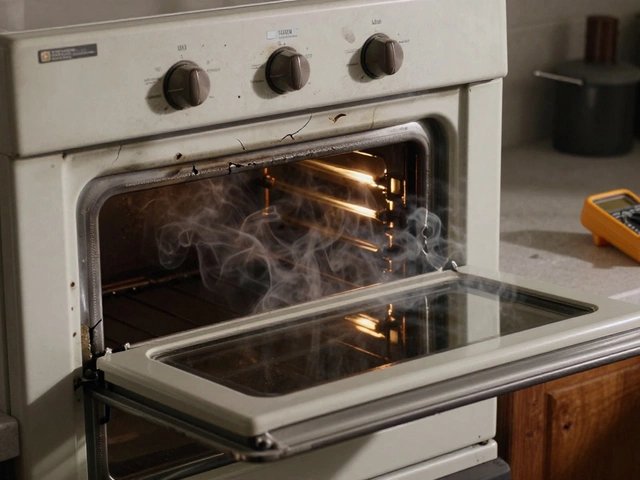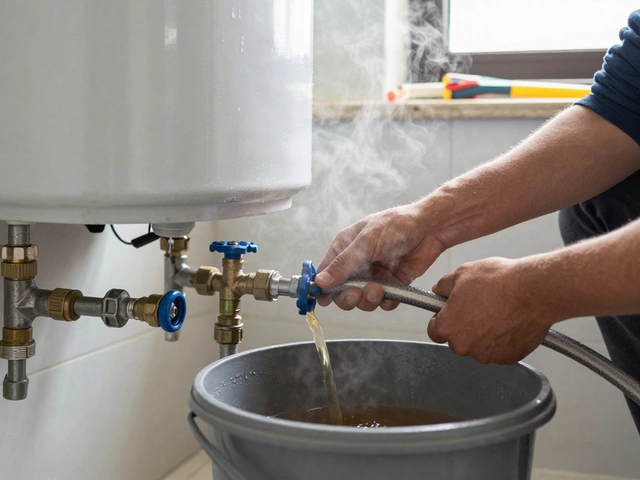Faulty Microwave: Quick Fixes and Pro Tips
Is your microwave humming, sparking, or refusing to heat? You’re not alone – many households face a faulty microwave at some point. The good news is you can often tell what’s wrong before you pick up the phone.
First, listen. A steady hum without heat means the magnetron (the part that creates microwaves) is likely dead. If you hear loud buzzing or see sparks, the waveguide or door latch could be the culprit. A microwave that turns on but never gets hot is almost always a magnetron issue, and that part is expensive to replace.
Common Symptoms and Simple Checks
1. No heat, but the light works. Unplug the unit, wait a minute, then plug it back in. If it still won’t heat, the magnetron or high‑voltage diode has probably failed.
2. Strange noises or sparks. Open the door (when the unit is off) and look at the waveguide cover. Cracks or carbon buildup can cause arcing. Clean any debris with a gentle brush, but never touch the interior with metal tools.
3. Door won’t lock. The interlock switch protects you from microwave exposure. If the door stays ajar, the switch is broken and the microwave won’t run for safety.
4. Burning smell. This usually means a faulty capacitor or a shorted motor. Turn the unit off immediately and avoid using it until inspected.
DIY Steps vs. When to Call a Pro
If you’re comfortable with basic tools, you can replace a blown fuse or clean the waveguide. Make sure the microwave is unplugged and discharge the capacitor – it holds a charge long after you pull the plug.
However, dealing with the magnetron, high‑voltage diode, or capacitor is risky. Those parts operate at over 2,000 volts. Mistakes can lead to electric shock or further damage. If you see any of the following, call a professional:
- Repeated heating failures after resetting
- Visible damage to the interior metal mesh
- Frequent tripping of the kitchen circuit breaker
- Unusual burning odors or smoke
Professional technicians have the tools to test high‑voltage components safely and can source correct replacement parts. At Hinckley Home Appliance Repair Services, we can diagnose the exact fault, give you a clear price, and have your microwave working again or recommend a replacement if it’s beyond repair.
Remember, a microwave’s typical lifespan is 7‑10 years. If yours is older and the repair cost approaches half the price of a new unit, it might be smarter to replace. Still, don’t discard it until you get a solid assessment – sometimes a simple part swap brings it back to life.
Bottom line: identify the symptom, run a quick visual check, and decide whether the fix is safe for DIY. When in doubt, call the experts and avoid risking personal safety or costly mistakes.
2 August 2025
·
0 Comments
Microwave ovens seem simple, but are they? Find out how easy—or tricky—microwave repair really is, plus tips for fixing common problems at home.
Read more






